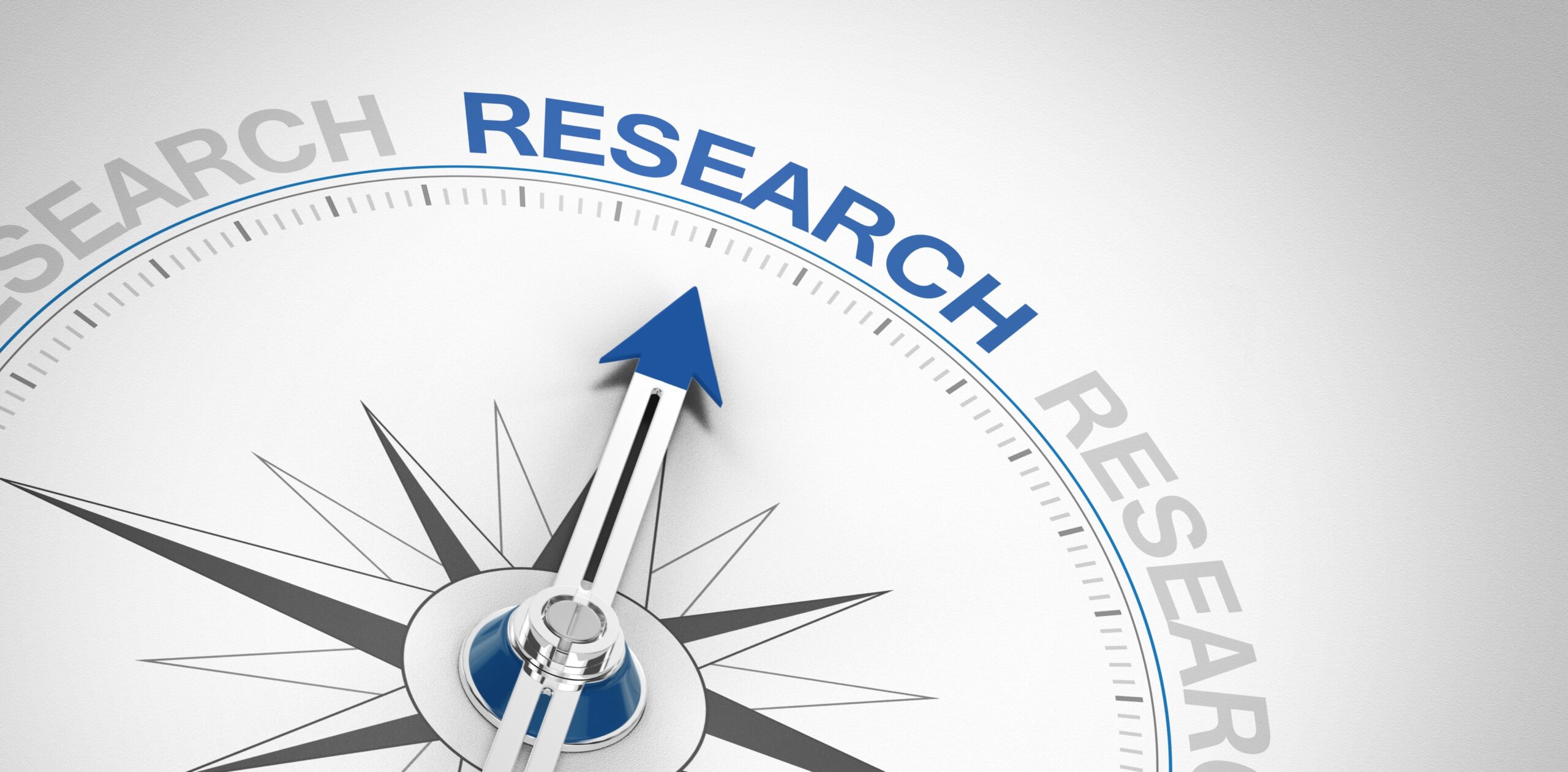Currently there is no known cure for Alzheimer’s disease, this Neuro RX Gamma headset developed by Vielight may offer hope to the millions who suffer from the brain wasting disease around the globe: early testing provided positive results of patients regaining memory as well as improvements in reading and writing skills in three months which has paved the way to a 12 week trial into its effectiveness.
To undergo treatment for 20 minutes a day the patient has to wear the device and a separate nasal clip that also channels light through the nostrils; the light is believed to boost photobiomodulation, this then stimulates the brain to activate microglia immune cells which fight the disease.
In Alzheimer’s disease these cells can become inactive and plaques build up stopping the brain from functioning normally. Amyloid plaque is a common hallmark of the disease, the sticky build up is thought to lead to the progressive destruction of brain cells.
“Photobiomodulation introduces the therapeutic effect of light into our brain. It triggers the body to restore its natural balance or homeostasis. When we do that, we call upon the body’s innate ability to heal. Based on early data, we are confident of seeing some measure of recovery in the symptoms not just a slowdown in the rate of decline, even in moderate to severe cases,” said inventor Dr. Lew Lim to The Telegraph.
The trail involves 228 subjects across eight sites within Canada and America and is being led by the University of Toronto; half of the subjects will receive a placebo six days a week for 20 minutes over the course of 12 weeks while the other half will be receiving light therapy.
The safety trial involved 5 subjects with mild to moderately severe dementia showed the condition of all subject’s conditions improve, and reports improved cognitive function, better sleep, fewer angry outbursts, less anxiety, and less wandering as well as better memory. Brain scans revealed visible improvements in connectivity between brain regions as well as better blood flow. However, once therapy stopped the subjects began to decline.
Currently light therapy is used to treat seasonal affective disorder patterns and traumatic brain injuries; it is believed to trigger the release of the happy hormone serotonin to promote better sleep and stimulate areas of the brain that shut down after damage.
The American Academy of Anti-Aging Medicine (A4M) is also Shining New Light on Dementia with another trial:
“Treatment for neurodegenerative disorders using noninvasive, non-drug methods has reached a new level of efficacy with the introduction of transcranial and intraocular photobiomodulation (PBM) and brainwave biofeedback training (NFB). Evidence continues to mount supporting the use 1065-1075nm, pulsed infrared light to significantly improve both motor and behavioral symptoms of subjects with both Parkinson’s and probably Alzheimer’s disease. PBM’s proposed mechanism of action is in the mitochondrial functions, microvascular flexibility/perfusion, increased production of ATP and reduction of phosphorylated Tau and Ab42. Cell line studies within a CD-1 mouse model on memory and performance (Michalikova,2007) demonstrated PBM’s beneficial effects and (Duggett & Chazot, 2014) demonstrated PBM reducing amyloid-induced cell death. It is proposed that the PBM confers a tissue-level therapeutic effect while NFB training can remediate the neural network connectivity deficits caused by neuronal dysfunction and death. The synergistic effect of a PBM and NFB treatment strategy should result in enhanced electrophysiological connectivity, CNS health and resistance to further tissue damage. (Nichols & Berman, 2019)”
“Human trials were conducted employing 28 daily, in-office, 6-minute treatments (Berman, 2017) and (Huang, 2018 unpublished) delivering 28, twice daily, home-based, self-administered, 6-minute, transcranial and intraocular treatments (N=12) safely produced marked cognitive and motor behavior improvements. Improvements were associated with frequency of treatment given other relevant variables were invariant.”
“With safety and pilot trials completed, a randomized, double blind, placebo-controlled version (N=100) has begun at Baylor Research Institute affiliated with Texas A&M School of Medicine, Dept. of Neurosurgery in Temple, TX and Quietmind Foundation in Elkins Park, PA. Recruitment of subjects from the New York and Philadelphia metropolitan regions and Austin and Temple, TX began in March 2018. Subjects will be evaluated 3 times over 60 days using Quantitative EEG and ADNI (ADAS-cog) neurocognitive testing and caregiver evaluations of subject functioning. Subjects and caregivers will be trained to use the study device they will be self-administering twice daily over 28 days and they’ll return for an interim evaluation and then another 28 days before final assessments are conducted. Subjects are compensated $75/evaluation session attended and a portion of travel expenses may be reimbursed.”
For more information about the A4M shining light, or referrals direct inquiries to Dr. Marvin Berman PhD (610) 940-0488 or www.quietmindfdn.org/trials




